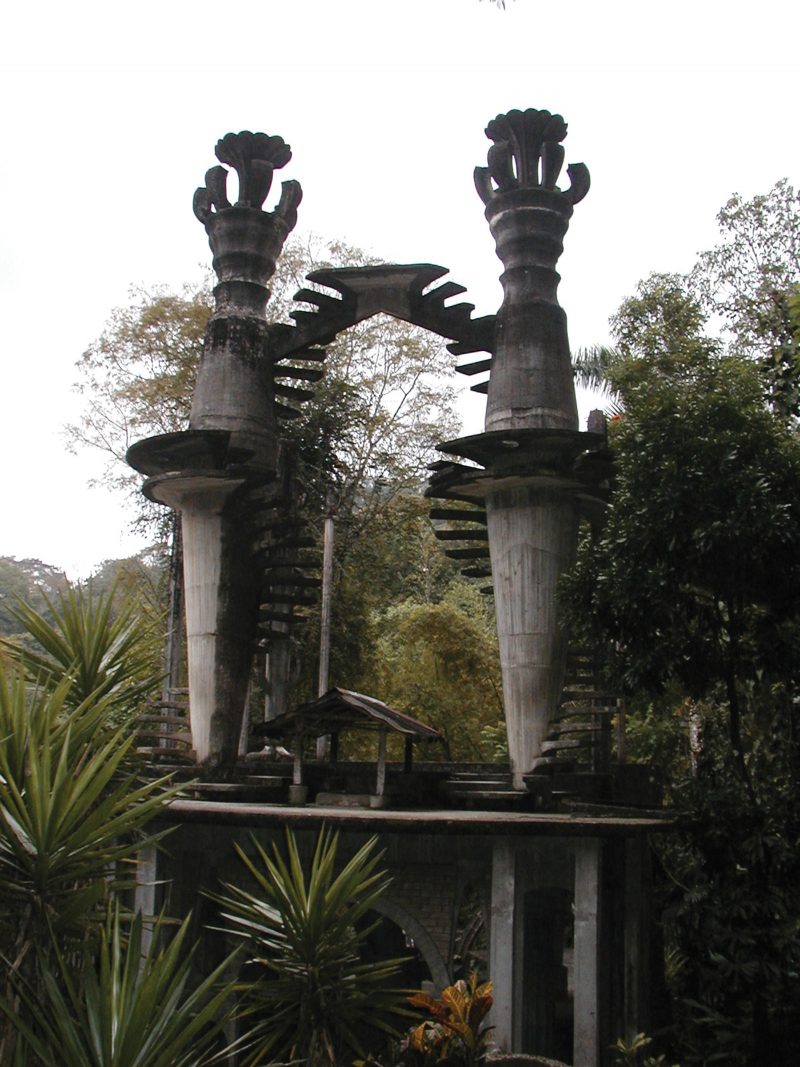In June of 1929, an image appeared in the Belgian magazine Variétés. The author of the map is unknown, though it has been attributed to the surrealist poet Paul Éluard. It was called Le monde au temps des surréalistes, and depicted a gleefully distorted map of the world, representing regions not according to their geographical size but instead according to the value the surrealist movement placed on them. Papua New Guinea and Easter Island dwarf Australia. Europe is reduced to Germany, the Austro-Hungarian Empire, and Paris. On the other side of the Pacific—central in the surrealist worldview—Canada and the United States are unmarked, shrunken almost out of existence, so that North America is converted into a weird triangle made up of Alaska, Labrador, and Mexico. Mexico itself is bigger than all of South America. Years before any of the surrealists traveled there, Mexico was already mapped out as a surrealist space.
“Mexico is definitely a surrealistic country,” my friend Luis said. We were sitting on the patio of a bar next to the main square in a town called Xilitla, in the Mexican state of San Luis Potosí. It looked like it was going to rain. I had heard this argument—that Mexico is a surreal country—many times before, sometimes from Mexicans, like Luis, sometimes from foreigners. And for those who believe in it, Xilitla is one of the principal shrines and manifestations of Mexican surrealism.
“In what way?” I asked.
Luis pointed out of the bar to an ivy-draped wall across the street, one of the steep, terraced, cobblestone walkways that led up to the square. A tangle of dozens of telephone and electrical wires was tacked unconvincingly to the bricks. The wires glinted in the moisture. It did look hazardous. “What is that?” he said. “It’s crazy. I think that’s very Mexican.”
“It’s true, you wouldn’t see that in the U.S.,” I said.
“Or Europe,” Luis said. “It’s absurd.”

Sitting by the square, Xilitla looked like most of the small Mexican pueblos I had been to. We had come there to see what made it different: a group of sculptures located just outside of town that an amazingly wealthy and eccentric Englishman named Edward James worked on until his death, in 1984. James was born in 1907, and as a young man inherited the vast fortunes of his father, Willy, and his uncle, Frank. In the 1930s, eager to break free from his restrictive Edwardian youth, he became involved with the surrealist circles of continental Europe, and soon became a vital patron to still-struggling artists like Dalí, Magritte, and Tchelitchew. Dalí called him “crazier than...
You have reached your article limit
Sign up for a digital subscription and continue reading all new issues, plus our entire archives, for just $1.50/month.
Already a subscriber? Sign in




